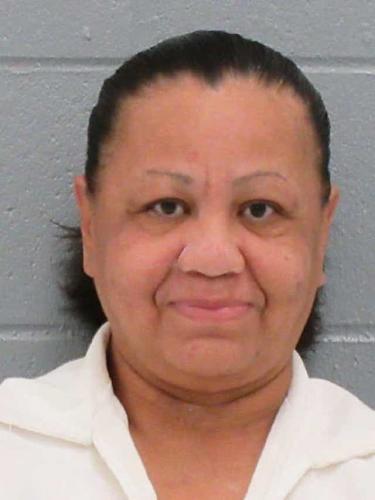24 September 2013 :
One in every nine inmates incarcerated across the country is now serving a life sentence and one-third of those inmates are not eligible for parole, which means they will die behind bars, according to a new report from The Sentencing Project.Such sentences have quadrupled since 1984 and are now at an "unprecedented level," said the Washington, D.C.-based nonprofit, which researches and advocates for criminal justice issues. Its survey of all 50 states and the federal prison system found 160,000 inmates have life sentences; of those 50,000 are ineligible for parole — up 22 percent since 2008.
Utah is no exception to the trend, according to previous research by The Salt Lake Tribune and data gathered by The Sentencing Project. There are 105 first-degree felony inmates currently serving life sentences in Utah.
The Sentencing Project found another 1,943 Utah inmates are serving five years -to-life sentences after being convicted of first-degree felonies; under Utah’s indeterminate sentencing scheme, the Utah Board of Pardons and Parole will ultimately determine whether those offenders receive natural life sentences or are eventually paroled. In states with indeterminate sentencing, inmates tend to be incarcerated longer, the report said.
"The board doesn’t sentence anyone but rather has discretion about releasing people who have a first-degree felony indeterminate sentence, which comes down through a judge or jury, in which ‘up to life’ provides the possibility of serving one’s natural life in prison," said Jim Hatch, board spokesman. "Only a judge or jury can sentence someone to life without parole, which we don’t get involved in, and there are more of those sentences occurring in recent years in lieu of prosecutors seeking the death penalty."
The Tribune found that it costs the state about $3.2 million a year to house those inmates who now have board-determined natural life sentences. It costs at least $30,000 a year on average to house an inmate — and more as an inmate ages.
The report ranked Utah second in the nation, after California, for percentage of inmates facing up to life in prison. And it found a disproportionate number of black and Latino inmates in Utah have life sentences — nearly 7 percent and 21 percent, respectively — compared to their representation in the state’s population. Blacks make up 1.3 percent of Utah’s population, while Latinos comprise 13 percent.
A life sentence was once reserved as an alternative to the death penalty for homicide, but its use has been expanded under "get tough" laws to such crimes as aggravated assault/robbery/kidnapping; sexual assault and rape; and even property and drug crimes, the report found.
According to The Sentencing Project, approximately 10,000 offenders serving life sentences were convicted of nonviolent offenses.
Among the examples cited in the report: a 23-year-old college student arrested in 1993 received three life sentences after being convicted in federal court of conspiracy for serving as a liaison between two drug dealers — although he was not present or privy to the details of the transaction; the sentence was based on the amount of drugs involved and federal mandatory minimum sentencing guidelines.
A 63-year-old Oklahoma man received life without parole for selling an ounce of cocaine and three marijuana cigarettes; the state’s parole board has recommended the man, who has served 18 years in prison, be released but the governor has so far refused.
The Sentencing Project also attributed the increase in life sentences to skepticism about the effectiveness of rehabilitation.
(Sources: The Salt Lake Tribune, 18/09/2013)










